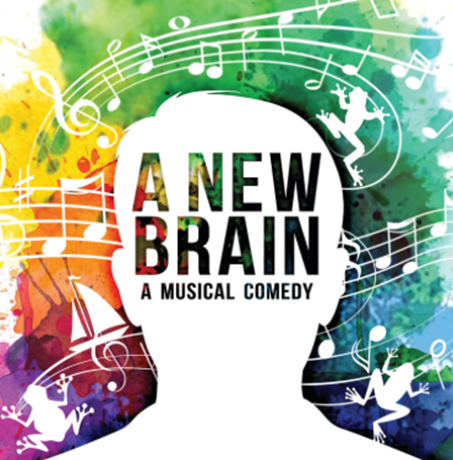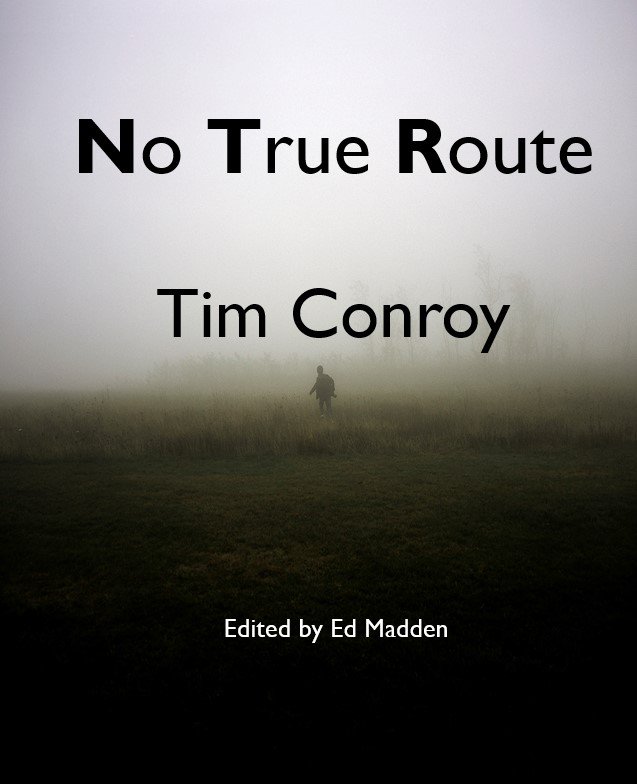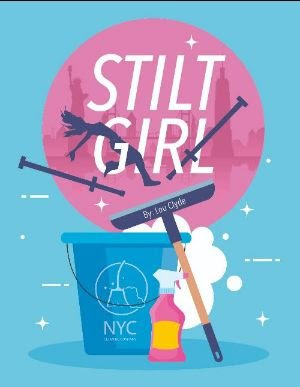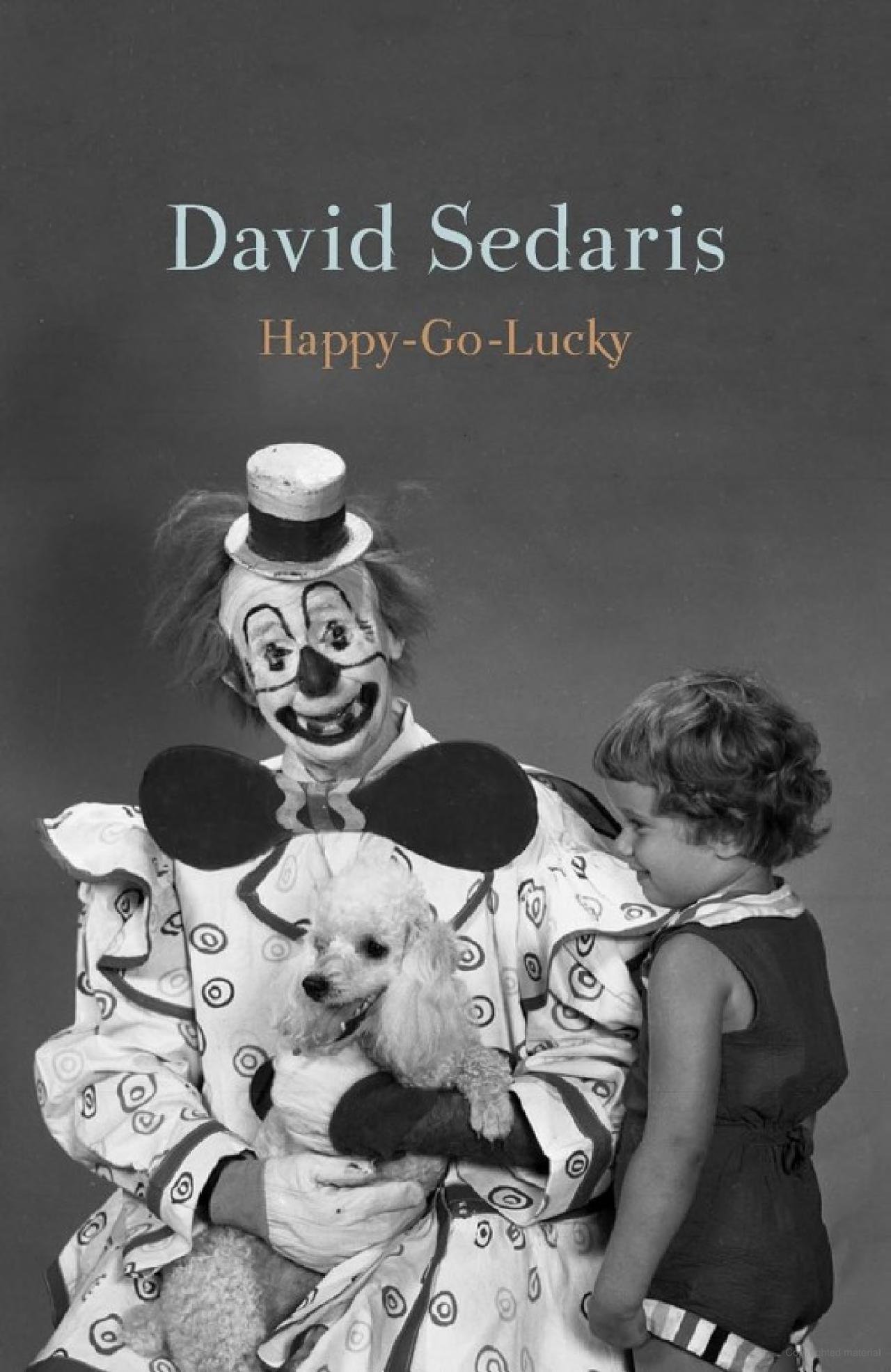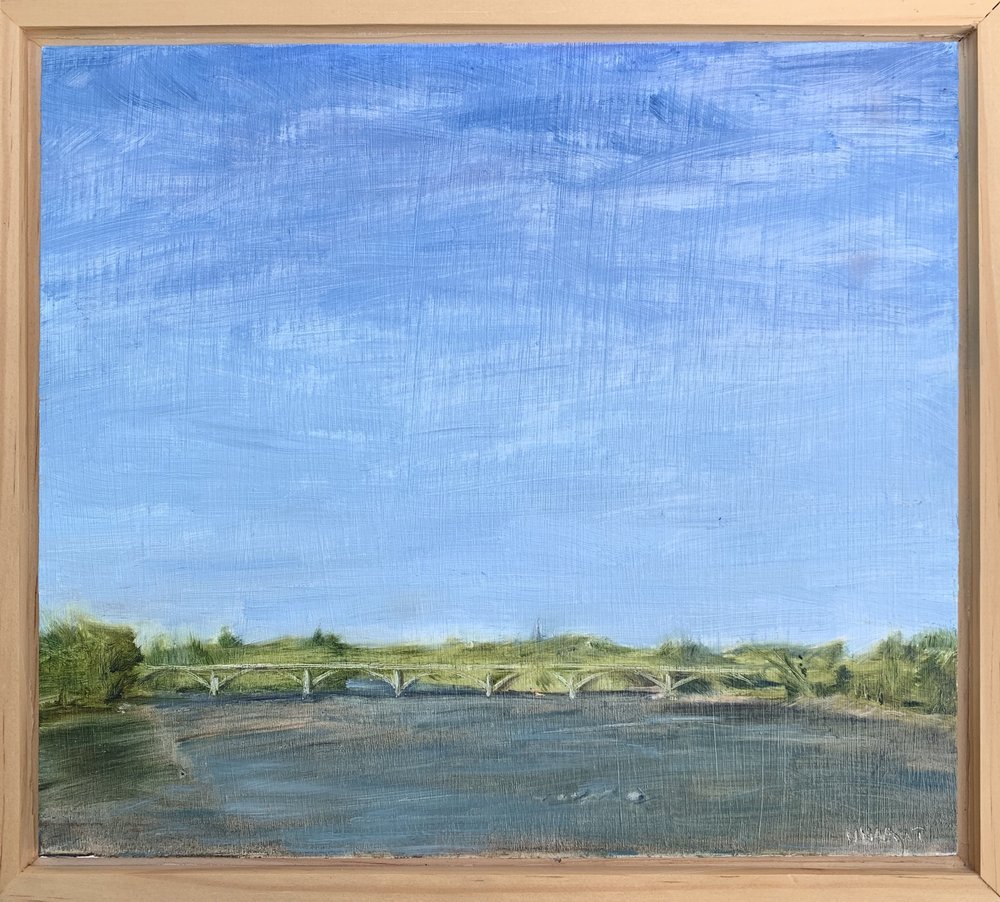William Finn’s 1998 Off-Broadway musical, A New Brain, paints an autobiographical portrait of a struggling writer who, while attempting to pen two children’s show songs, suffers a rupture of the arteriovenous malformation in his brain. Upon realization he needs a life-threatening craniotomy, he has to reckon with what he has yet to accomplish as musician, son, and lover.
Workshop Theatre’s production relies on a cast rife with Workshop veterans, and even those new to Workshop are not new to the stage. This stands out in the production, and each cast member brings a take on their character that feels real and lived in. Jocelyn Sanders makes good decisions as director, and though there are places where the play falters, it overall shines.
In terms of elements that don’t work as well, let’s get the major one out of the way: the screens are weird. The set design itself, led by Patrick Faulds, is bare but works for the small stage. The stage is set with two Plexiglas walls with a major object or two (like a hospital bed) that shifts in the foreground. Two small screens on either side of the stage are used to flesh out the background, and they are certainly unique and at times fun, but they are ultimately awkward and distracting. They are a bit too small to really serve as a backdrop and seemed confused in purpose. At times they display what would be in the background of the scene, like Gordon’s messy apartment; however, there are moments where they show elements already on stage. For instance, the hospital room screen shows an empty bed even though there is already one stage, or when Mr. Bungee – the frog – is on stage, there is also a cartoon frog on the screen. Additionally, one of the two screens unfortunately failed about 30 minutes into the show, showing an error sign, which was eventually turned off and had to be fixed during intermission. Of course, technical errors happen all the time, but it seemed like an avoidable issue when, with the intimate stage, strong props, and solid blocking, the set design works just fine on its own.
The other background elements work well. At times, the stage feels crowded, but this claustrophobia works with the tone of the musical. There were a few moments of stillness, but for the most part, Saunders’ direction and Crystal Aldamuy’s choreography works at ensuring there’s movement across the stage. Further, the lighting, also led by Faulds, keeps the stage and characters consistently well-lit. The live band is fantastic, and the sound—managed by Dean McCaughan—is overall good. The balance of the live music and the singing is great; however, when many people are singing at once in background, the central solo can be hard to understand. In terms of costuming, Andie Nicks picks outfits that all seem appropriate to the respective characters. A highlight is Mr. Bungee, whose green suit, multicolored vest, and frog head fit the character perfectly. A weak point is the Homeless Lady’s clothes that, while good in general styling, are far too pristine for a homeless woman: unwrinkled and unstained.
When this show shines, though, it really shines, and the highlight of this show is, without a doubt, the singing. The production had a vocal coach (Lou Boeschen), and it shows. Nearly all notes are hit (with a few occasional weak soprano notes), most of the actors’ notes are consistently supported, and the harmonies are fantastic. Similarly, the acting is good, though not as stellar as the vocals. The actors are overall better singular versus together, with chemistry being a weaker point. This being said, each actor brings a special take to their relative character that makes each one a joy to watch on stage.
Taylor Diveley as Gordon is great as main character—strong on vocals with good comedic timing. He often uses micro expressions that shine among Gordon’s typically flat affect, and he does a good job of building his expressions as the character grows over the production. The mom, Mimi (Kathy Seppamaki), and the best friend, Rhoda (Grace Farley), were good, but they didn’t stand out until their scenes in Gordon’s coma dream. The mom lacked some variation in emotion earlier in the show, but her tone of gentle acceptance in her final solo brought heart. Farley as Rhoda was fantastic in the puppet scene, showing prowess in facial expression, vocals, and body language—a definite show highlight.
The nurses helped flesh out the humor and added variation. Heather Hinson, who plays the “thin nurse” (as well as the waitress and an assistant to Mr. Bungee) has great body language and is fun to watch on stage. Adai’shun Cook, who plays the “nice nurse,” is genuinely hilarious and really plays with his voice as instrument—though sometimes he can be a bit hard to understand. Gordon’s boyfriend, Roger (Craig Allen), serves as a nice foil to Gordon, and Allen does a good job at embodying the character—particularly during the “Sailing” scene—but the audience may end up wishing for a stronger connection between the couple. Pat Gagliano as the doctor and Mr. Bungee is solid at the former but really shines at the latter, with a sardonically honest take on the character that really works well. The Minister’s (Samuel Eli McWhite) presence feels very neutral on set, but his vocal prowess is evident.
The standout in the cast, however, is Sheldon Paschal as Lisa the Homeless Lady. Her facial expressions are fantastic, and she really knows how to play the crowd. She is in control of her body and her voice, and both her scenes breaking the fourth wall and interacting with characters on stage are strong. Her vocals were wonderfully supported, and she has a great mix with a light vibrato—her solo “Change” won several rounds of applause from the crowd.
Overall, this is a play with heart. Sound, lighting, set design, and blocking may not be standout but are solid—save for the screens. The individual characters feel understood, realized, and nuanced, even if the chemistry could have been worked on. Regardless, patrons are in for a treat in witnessing these vocals. Fans of the production should enjoy this local take, and those unfamiliar with the musical are still likely to find it a fun and worthwhile way to spend 2 hours of their weekend.

